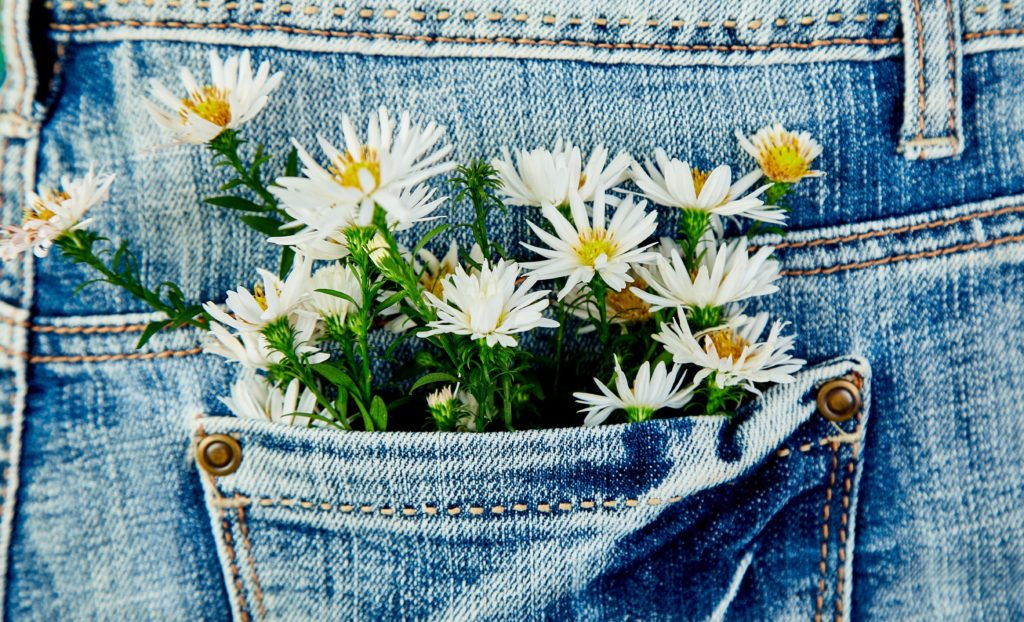Why yoga + the body are social and political
In response to a recent email, I received several notes saying, “I didn’t sign up for your newsletter to hear about your political views.” I get that. Yet to separate integrative, mind-body approaches from politics sets up a false division between them. I’d like to explain why that is—and how it has a negative impact on well-being. Let’s start with the body. Why Integrative Therapies are Inherently Social (and Political) From personal feelings like anger or sadness to social emotions like shame or trust, emotions have their origin as sensations in the body. As this origin story begins, receptors in your skin and internal organs collect information. These receptors specialize in distinct sensations: the speed of your heart, the pace and depth of your breath, hunger or fullness, warmth or coolness, activity or soreness in your muscles, emptiness or fullness in your abdomen (and bladder and rectum), and […]
Why yoga + the body are social and political Read More »
